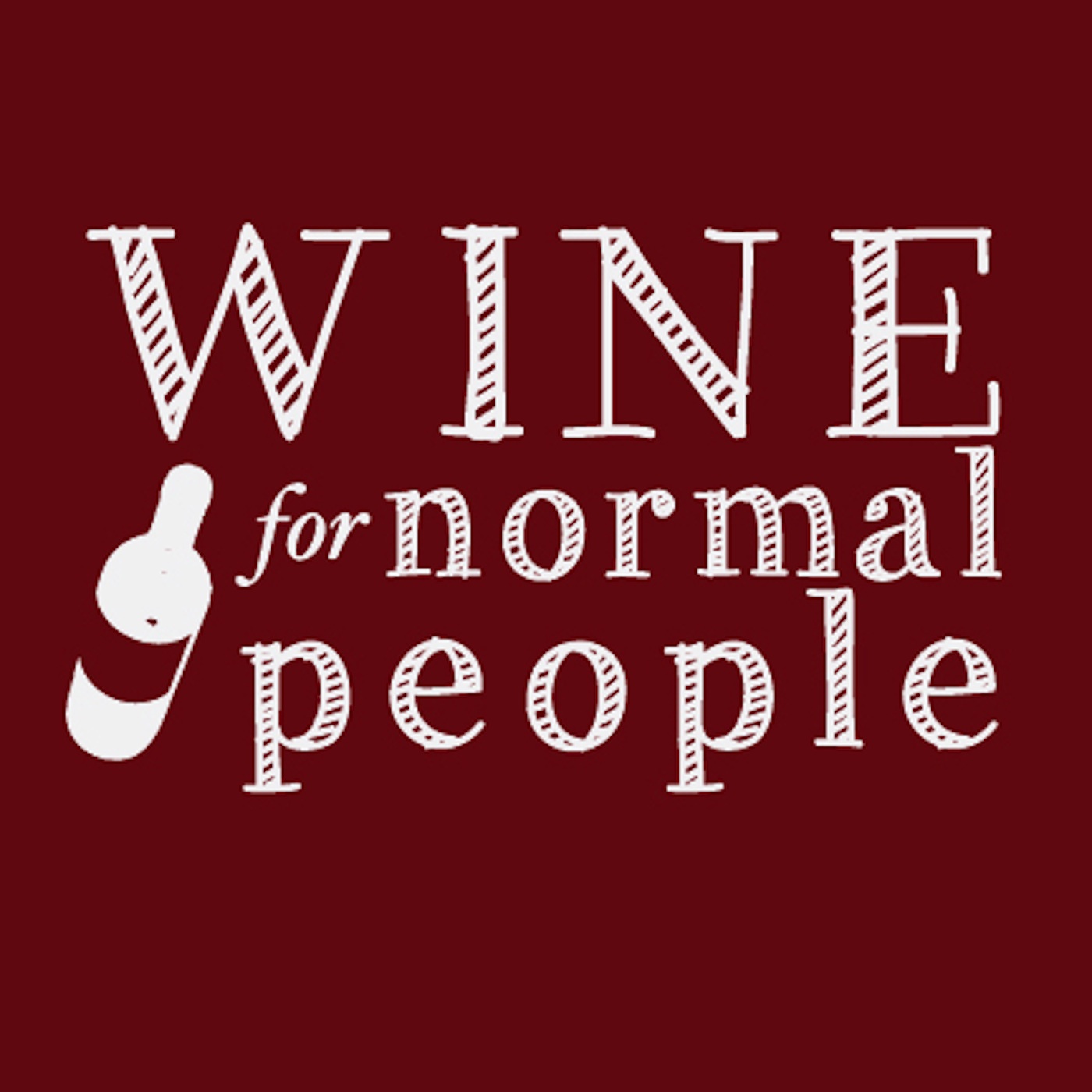Ep 247: Dry Wines of Douro, Portugal

b'
Dry wines of the Douro Valley of Portugal are a fairly new player on the international scene. We discuss the history of the region, the wines, and why you need to drink them if you don\'t already!
Overview:
- Mostly Port production with great dry table wine
- World\\u2019s largest mountain vineyard with 85,000 growers
- Region named after the river that rises as Duero in Spain, turns south to border with Portugal, flows west to the Atlantic
- Demarcated in 1756 \\u2013 one of the world\\u2019s oldest delimited wine regions but only a DOP for dry wine since 1979
\\xa0
Climate/Soil:
- Climate: Continental \\u2013 hot summers, wet winters
- Steep slopes, elevations, different terroir all over the mountain -- small-scale variations between the different vineyard sites.
- To make viticulture work here \\u2013 needed to build terraces to hold up schist and plant vines
\\xa0Three sub-regions:
- Eastern \\u2013 Baixo or Lower Corgo: 1/3 of the region. Damp, heavily planted, low quality port
- Cima or \\u201cUpper Corgo: 45% of the region. Top for Port production, less dry wine here
- Douro Superior/Upper Douro on Spanish Border: Dry, flat, least developed area. No soil! Steep slopes, hot in the summer
\\xa0
Dry Wine History:
- 1940s, when Fernando Nicolau de Almeida, an oenologist with Ferreira, visited Bordeaux during the war and wanted to make dry wine:
- Created Barca Velha 1952 from grapes grown at the Quinta do Vale de Me\\xe3o in the Douro Superior
- Some oenologists isolated the key grapes: Touriga Nacional, Tinta Roriz, Touriga Franca, Tinta C\\xe3o and Tinta Barroca.
- Led to the development of Ramos Pinto\\u2019s flagship wine, Duas Quintas Reserva.
- Some oenologists isolated the key grapes: Touriga Nacional, Tinta Roriz, Touriga Franca, Tinta C\\xe3o and Tinta Barroca.
- 1990s- Table wine became popular with entrance into EU
-
- Funds for research, modernization - Temperature control huge, now grapes planted specifically for table wine
- No more port shipper monopoly on exports \\u2013 estates could make and sell their own wine
- Very good mid-price to entry level reds made by Quintas
- Shippers both are making dry stuff well \\u2013 Dirk Niepoort, especially
- In 2001 UNESCO recognized this site as World Heritage Site, good for enotourism
\\xa0
The Wine:
- Usually a blend of up to 30 varieties
- Whites: field blends-- minerally, herbal, lemony, acidic
- Reds: Improvement because of earlier picking, use of larger, used oak making better reds \\u2013fresher
- Field blends are common but reds usually Touriga Nacional, Tinta Roriz, Touriga Franca, Tinta Barroca, Tinto C\\xe3o
Flavors:
- Fruit: Sweet, lush fruit (cherry) to dark fruit \\u2013 blackcurrant. Spicy berry
- Other notes: Herbs, spice, dusty, smoke, licorice, leather, earthy
- Good tannin, good acidity
\\xa0
Thanks to our sponsors this week:
YOU! The podcast supporters on Patreon, who are helping us to make\\xa0![]() the podcast possible and who we give goodies in return for their help! Check it out today:\\xa0https://www.patreon.com/winefornormalpeople
the podcast possible and who we give goodies in return for their help! Check it out today:\\xa0https://www.patreon.com/winefornormalpeople
\\xa0
I love this service!! Last Bottle Wines finds great wines and offers them at a one time discount. Last Bottle Wines:
- Is a fun way to discover the best wines at the lowest prices
- Maintains relationships with producers in the most prestigious wine regions around the world and traveling to Europe several times each year to eat with, stay with, drink with, walk the vineyards with the people who make the wines.
- Offer a range of prices from low end to high end $9 to $99 and the wines range from the lesser known kinds like Albari\\xf1o and Bl\\xe4ufrankish to Cabernet, Merlot and Chardonnay.
Visit: http://lastbottlewines.com/normal and join to get a $10 instant credit to use toward your first order. Invite your wine drinking pals and they\\u2019ll get $10 instantly and you get $30 when they make their first buy.
\\xa0
'